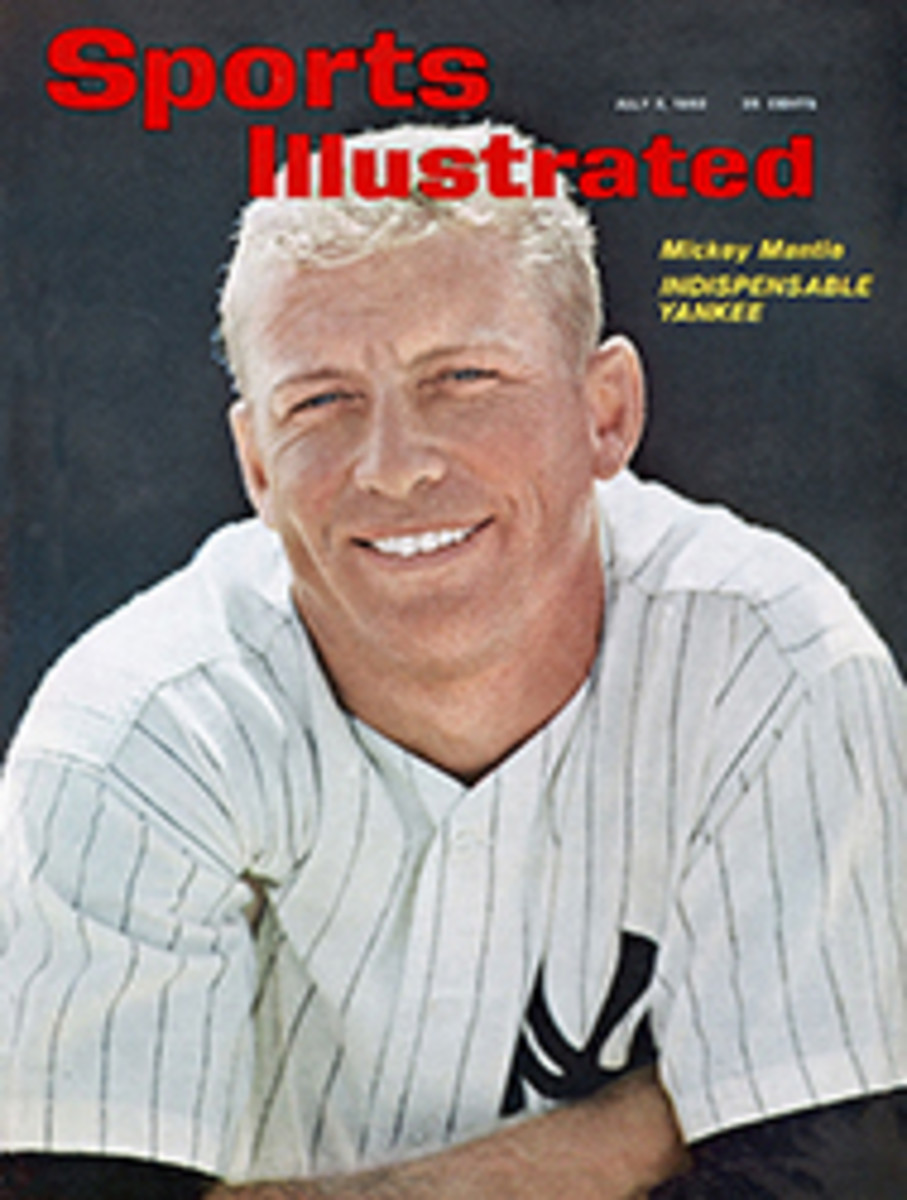
An old girl leaves the fast young set in her wake
In this year's Newport-Bermuda race, as 131 boats moved to the starting line like white-winged moths drawn to the rising sun, in the air and sea off Brenton Reef there were signs of an easy run, the sort of run where logic should prevail. The scratch boat, the 73-foot jib-headed South African ketch Stormvogel, was a logical choice to lead the fleet all the way. Since, as usual, the fleet included boats of every permissible size and shape, it was equally logical that the overall winner on corrected time would be some small new hull, smartly sailed and smartly designed to make the most of its time allowance.
Over the entire 635-mile run, as predicted by the forecasts at the start, moderate seas and easy sailing weather prevailed, but prerace logic did not. Suffering a torn genoa and a hapless navigation error in unfamiliar Bermuda waters, mighty Stormvogel limped in second, two hours behind A. E. Loomis' big blue yawl, Northern Light. And well before the whole fleet had made landfall, the overall winner on corrected time turned out to be an old schooner, Niña, that had been nobody's choice to win anything.
At the outset of this year's race the most distinctive thing, indeed, that could be said about Niña is that when she left Newport, her decks were virtually awash with logical reasons why she could not win. Niña is 34 years old and has spent much of her life in the hands of her present owner, 74-year-old De Coursey Fales, former Commodore of the New York Yacht Club. Niña is the only boat that Fales has ever raced; in eight consecutive tries to Bermuda, Fales and Niña had won Class A only once, overall honors never. A typical run to Bermuda, with violent beats to windward and long downhill runs, is not a schooner's race and no schooner had won the race since 1930. Furthermore, Niña's handicap rating of 49.1 is really too much for an old schooner to give away to the fast young set.
These were the reasons why Niña could not win. Despite them, just before midnight of the fourth day and barely eight minutes after the scratch boat, Stormvogel, had finished, the shore lights picked up Niña coming across the line on a starboard tack, lee rail almost under, carrying wind in her big jib, her mainsail and an oversize schooner sail set between the main and foremast that, for want of a better name, Niña's crew commonly calls a "grand monster golliwobbler." At this moment of triumph the old commodore, De Coursey Fales, was standing up before the helm, hitching up the broad leather belt that girdled his middle against the pangs of arthritis. "Niña is home," Commodore Fales announced quietly to his crew. "Thank you, gentlemen. God bless you all." The reason Niña had done so well was immediately summed up irreverently but most honestly by a dejected South African crewman aboard Stormvogel: "The bloody old commodore sailed his bloody old schooner bloody fast."
By coming in hard behind Stormvogel, Niña was virtually certain to take Class A honors, but the rest of the fleet, with time allowances stretching upward to a day and eight hours, was still strung out on the sea, moving on through clear windy air. Consequently, few if any of the sailors awaiting the returns on the lawn of the Royal Bermuda Yacht Club expected Niña's time to stand up as the balance of the fleet came across the line. At 11:23 the following morning C. W. Ufford's white 45-foot sloop Gaylark wrapped up the Class B victory. While committing a navigational error of 41 miles, Gaylark had luckily blundered into a good patch of wind that no one else found. Even with this stroke of luck, Gaylark's time was not good enough to take the overall first from Niña. Niña's mate, Peter Comstock, kept a restless vigil near the press room phones, awaiting word of further finishers. "It takes a lot of sailing to kill a man," he said around suppertime of the fifth day, "but a man can get old quick waiting like this."
As Ni√±a's crew waited, Arthur Hughes' sloop Lady Linden came across to take first in Class C, and Van Alan Clark's yawl Swamp Yankee was confirmed as Class D winner—neither of these class winners was across the line soon enough to beat Ni√±a on corrected time. Paper Tiger, the Florida rule-beater that had excited wild speculation prior to the race, came in that evening, a lowly sixth in its class (and was dropped to 30th for a rule infringement at the start). Just before midnight of the fifth day the clock wound down on the remainder of the pack, and Ni√±a was confirmed the winner.
No rating gimmick had worked in Niña's favor. The schooner gave away time to all but eight boats in the fleet. The Gulf Stream, a powerful factor in past races, was negligible this year. Niña hit the Stream straight on, some 14 miles west of the rhumb line, and was carried eight miles to the east before leaving the Stream behind. No lucky windfall came her way while other boats were standing still. In fact, from 6 p.m. on the third day until 4 o'clock the following afternoon, Niña drifted through a near dead calm, leaving no wake at all and barely keeping steerageway. Ground swells lifted and dropped the boat, and sails slatted heavily in the listless air. Balloons sent aloft to seek a path of wind hung limp from the rigging. A crewman on the foredeck struck a match and watched the steady flame consume it. A cigarette thrown over the side was still in sight 20 minutes later, floating on the quiet water.
Yet the calm that hung over the course like an assiduous ghost played a big part in Ni√±a's victory. The fact that Ni√±a never lost steerageway completely was the deciding factor in the race. "My middle name is sails," Commodore Fales said later. "I got out all my light handkerchiefs and hung them up. If I didn't like them, I took them down and put up others." In the calm, Fales constantly searched the water for a sign of wind—a feathery streak on one side, a dark patch on the other, a cloud in the distance that might hold a breath of air beneath it. By dint of such constancy, Ni√±a slid slowly forward through air too light to move other boats. Then, 80 miles from Bermuda, the wind started to build. The grand monster golliwobbler went up the track on the foremast, and Ni√±a began again on a booming reach that took her to St. David's Head.
A new deal
Ni√±a's win was the first for a Class A boat since 1950, and for the Bermuda race itself and the handicap rule of the Cruising Club of America a victory of some significance. Since 1956, when Carleton Mitchell's Finisterre sailed to the first of three consecutive overall firsts, the big boats haven't had a chance. Finisterre and her imitators are very stable boats and therefore faster in heavy ocean races than their former time allowances gave them credit for. This year's Bermuda race was run under a change in the rating rule, which now measures a boat's righting moment—that is, the responsiveness of a boat in righting itself after heeling over. As Ni√±a's victory tends to bear out, this rule change should give the large Class A boats a fairer shake in the future.
As for old Niña's particular future, Commodore Fales said, "Now that we know we can win, I expect we're good for 10 or 15 more tries." Then his eyes went out over the water of Hamilton harbor to Niña rocking at her mooring and he added airily, "If she can take it, I can."
PHOTO

